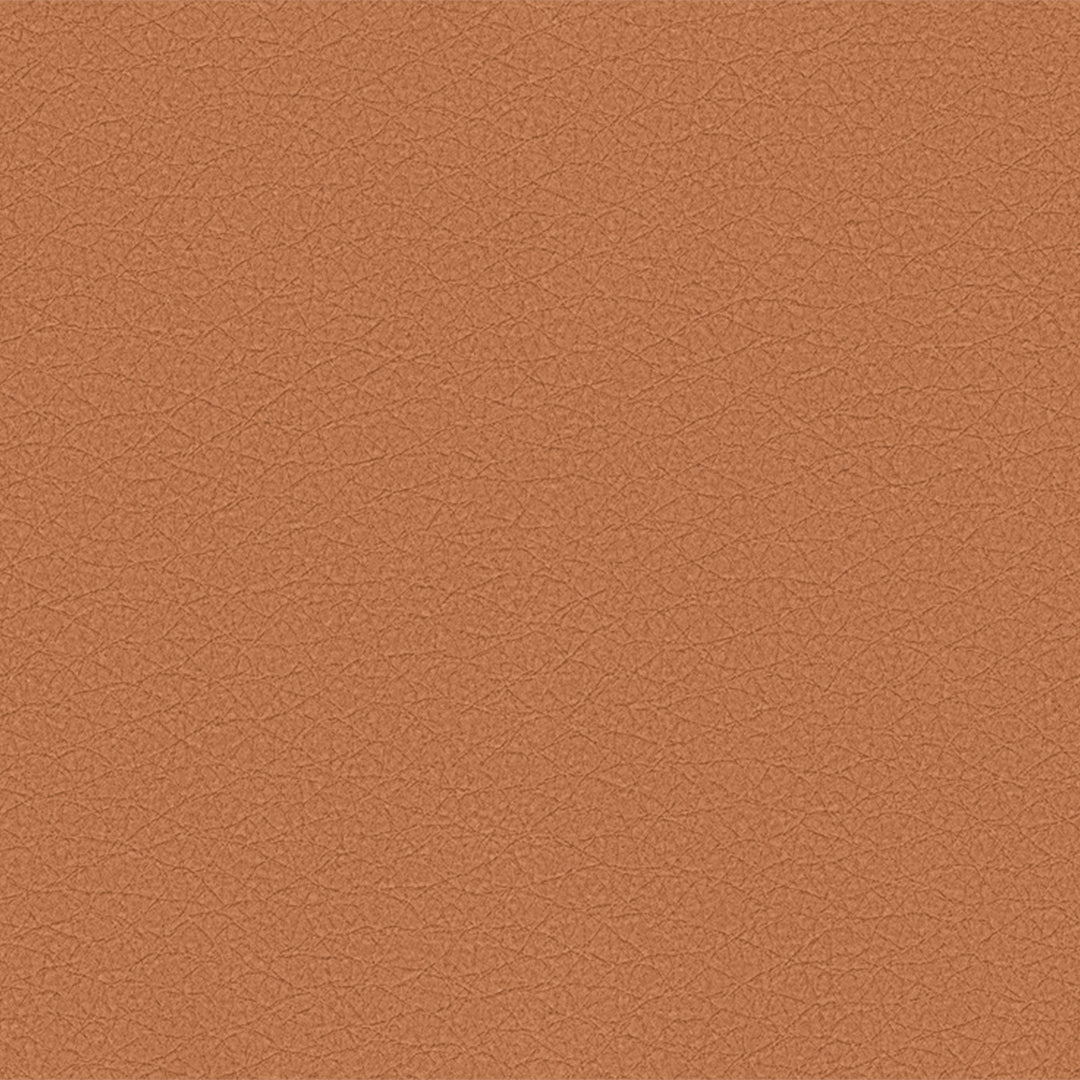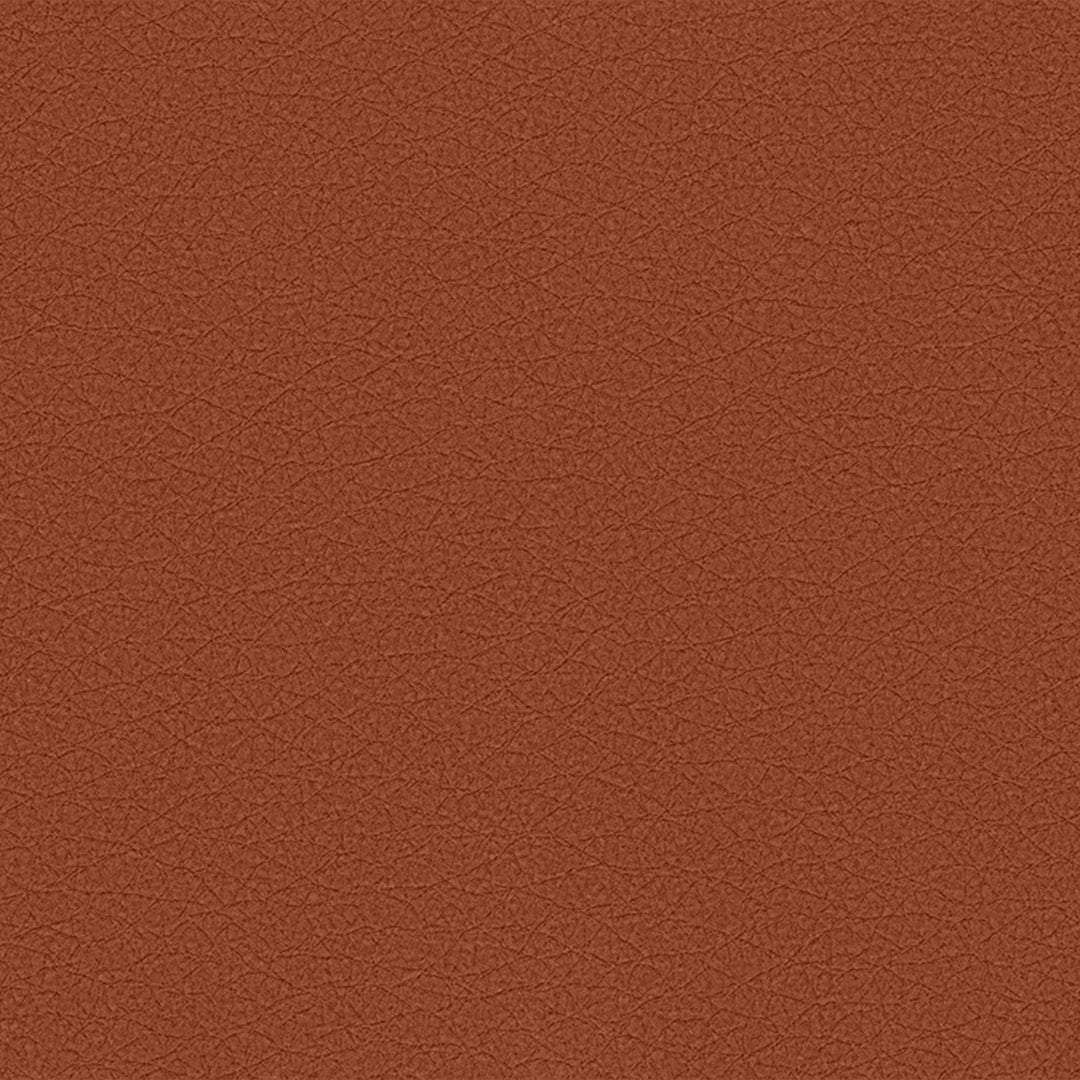Heliocare 360° Supplements FAQs
Heliocare 360° supplement usage
Are Heliocare 360° supplements safe to use?
The main ingredient used in Heliocare 360° Supplements is Fernblock® – an extract of the tropical fern plant Polypodium leucotomas which is composed mainly of polyphenols which can be found in normal food sources consumed as part of a healthy diet.
Extensive safety testing has been carried out on the supplements, including vital signs, haematology, comprehensive metabolic panel and PT – PTT. Standard acute and toxicity testing has been carried out in line with FDA requirements, and Fernblock has been awarded GRAS status.
Oral Fernblock has been sold for over 20 years in more than 50 countries with less than 50 reports of adverse effects communicated to Cantabria Labs Pharmacovigilance, none of which would appear to be directly related to product use.
Can pregnant and breastfeeding women take Heliocare 360° supplements?
Although Heliocare 360° supplements do not contain any ingredients which are contraindicated in pregnant woman (they are all ingredients which can in fact be obtained naturally from food sources as part of a healthy diet), no specific testing has been done on pregnant women and for this reason we do not recommend its use in those who are pregnant or breastfeeding. However, we do advise that pregnant women regularly apply very high, broad-spectrum sunscreen daily (preferably containing mineral filters).
Can children use Heliocare 360° supplements?
Children from the age of 4 can take Heliocare 360° supplements as their liver and other biological functions are completely developed. Heliocare topical products can be used from the age of 6 months. For children from 6 months and above we recommend using the Heliocare 360° Pediatrics Range as these products have been specifically formulated for the delicate and sensitive skin of babies and children, and tested under pediatric control. Babies under 6 months old should not be exposed to direct sunlight.
For how long can I take Heliocare 360° supplements for?
Heliocare 360° supplements can be taken every day for many years. Chronic toxicology studies have been performed to meet FDA regulations. Fernblock does not accumulate in the body, and tests have demonstrated that Fernblock is eliminated within 24 hours after consumption.
When is the best time to take Heliocare 360° supplements?
Oral Fernblock is effective 30 minutes after administration, reaching peak activity after 3 hours, and then gradually decreasing. For this reason, ideal assumption would be at 11:00 am in order to provide maximum efficacy during maximum sun exposure when the sun is at its strongest. In the case of intense, prolonged sun exposure, one capsule can be taken first thing in the morning, and then another early afternoon.
Do I still need to use topical sunscreen if taking Heliocare 360° supplements?
Yes, topical sunscreen is the basis of sun protection measures and must always be used. Heliocare supplements are not a replacement for topical sunscreen use and should always be used in combination to help boost the skin’s daily defences against free-radical damage caused by radiation emitted from the sun.
Oral Fernblock does not work by blocking radiation penetration into the skin (studies have shown it has an SPF of up to 3, and a PUVA PF of up to 7) but rather works by preventing and repairing damage which has occurred within the skin due to sun exposure giving the skin better capacity to protect itself. Clinical studies have shown that by adding Fernblock to sun protection regimes, UV protection is increased by up to 14%.
Why would I take Heliocare 360° supplements alongside my topical sunscreen?
Clinical studies have shown that by adding oral Fernblock supplements to sun protection regimes, UV protection is increased by up to 14% (Aguilera J,et al. Front Med, 2021). Using the Heliocare 360° supplements provides an added layer of defence against solar radiation, as the efficacy of topical sunscreens can often be compromised due to various factors such as:
-
The average amount of sunscreen applied being insufficient.
SPF levels are based on 2mg/cm2, when the quantity normally applied is 0.5 mg/cm2 and protection diminishes with reduced quantities (Pinnell SR, J Am Acad Dermatol, 2003) -
It’s common to leave areas of skin unprotected.
11% of body areas exposed to sun are normally left uncovered-especially on the back. (Jovanovic Z, IntJ CosmetSci, 2017). During facial application, eye contour and eye-lids are normally left unprotected (Pratt H, PLOS ONE, 2017). -
Sunscreen loses efficacy with wear.
Due to lack of photostability sweating and friction (Hubiche V, Cosmetics & Toiletries, Apr 2019). -
Application is often too late and re-application not frequent enough.
It’s recommended to apply sunscreen at least 30 minutes prior to sun exposure and reapply every 2-3 hours or after swimming, sweating and/or towel drying. -
UVA/ Visible Light is relatively consistent throughout the day and year round.
Contributing to premature skin ageing and pigmentation. -
Part of UV radiation always penetrates the skin.
No topical sunscreen provides 100% protection against UV radiation which is why additional sun safety measures and practices are important.
Fernblock: Origins & Composition
What is the difference between Fernblock and Fernblock+?
Fernblock+ is a new Polypodium leucotomos extract with higher concentrations of the main polyphenols responsible for its antioxidant and photoprotection activity such as such as ferulic, caffeic, p-coumaric, vanillic and chlorogenic acid, meaning they neutralise even more free radicals providing greater skin protection.
Its DNA protection and repair, photoprotection, and anti-ageing properties have been clinically proven to be significantly greater than those of standard Fernblock extract (in some up to x8 greater). Standard Fernblock is used in some of the older Heliocare ranges including the ‘Ultra’, ‘Color’, and ‘Advanced’ ranges, however, all Heliocare 360° products contain Fernblock+ (both topical formulations and oral supplements).
Did Dr. Thomas Fitzpatrick develop Fernblock?
Dr Fitzpatrick was involved in the development of Fernblock alongside Dr Pathak, Dr Salvador Gonzalez and Juan Matji (the founder of Cantabria Labs).
When Fernblock was in research and development in the early 1990s, Dr Fitzpatrick was studying vitiligo and was treating vitiligo patients with PUVA therapy which was proving to be helpful in inducing pigmentation. However, there were concerns as to the adverse effects the therapy could have on skin (high levels of UVA exposure to unprotected skin, topical filters of course could not be used), especially in long-term treatments.
They started looking into ways to help protect the skin while continuing to receive the benefits of phototherapy and began investigating oral administration of Fernblock. Initial studies were in fact focused on preventing skin damage in patients undergoing PUVA therapy (erythema, Langerhans cells, DNA damage and repair). They found oral Fernblock to be a suitable adjuvant for this which helped protect the skin from UV light from within.
Fernblock supplementation in clinical practice
What are the contraindications for use of the Heliocare 360° supplements? And are there any medications that this supplement interacts with?
There are no known contraindications with any other pharmacological or nutritional supplements.
We advise that women who are pregnant or breastfeeding avoid use of the capsules as there are no clinical studies involving women who are pregnant or breastfeeding and therefore its safety is not proven within this group.
Are Heliocare 360° supplements something a patient with melasma should take all year round?
Yes, absolutely. Oral Fernblock is something a patient with Melasma really should take all year round, especially because of what we now know about UVA, visible light and blue light being present all year round. Clinical trials have demonstrated its efficacy in reducing the intensity and extension of melasma in addition to topical sunscreen and any cosmetic or pharmacological pigment correction products being used.
At the most recent congress of the American Academy of Dermatology, an expert on melasma and skin of colour, Dr Pearl Grimes, said that no anti-melasma treatment protocol should be complete without oral photoprotection.
Are there any contraindications in relation to people who have had other cancers? (Specifically clients who have been advised against taking biotin or vitamin E/A)
We know that many types of cancer treatments work by creating extremely high levels of free radicals and oxidative stress to attack and eliminate the cancer cells.
For this reason, antioxidants are often advised against during cancer treatment as they could contribute to inhibiting the free radical damage needed for effective treatment – much like during Photodynamic Therapy (PDT) for Actinic Keratosis when we advise stopping the use of Fernblock two days before treatment and then resuming the following day. The treating physician’s (oncologist, radiologist etc.) advice should always be asked before taking Fernblock, or any food supplement.
A number of experts have suggested that Fernblock could be in fact be useful in the management of side-effects of cancer treatments (photosensitivity, inflammation etc) and a pilot clinical trial is currently being designed to investigate this possibility.
Can Fernblock interfere with biological injections for psoriasis?
No, there is no interference between Fernblock and biological injections.
Heliocare 360° supplement formulations
What is the benefit of the addition of vitamin D in the Heliocare 360° D-Plus Capsules and why is the amount of vitamin D present (5ug) half the recommended daily dose (10ug) and not the full amount?
Around 1 in 6 adults in the UK have low vitamin D levels. Vitamin D is particularly beneficial for the skin as it helps to regulate many physiological processes in the skin ranging from cellular proliferation, differentiation, and apoptosis to barrier maintenance and immune functions. Vitamin D deficiency is associated with the risk of specific skin conditions such as psoriasis and atopic dermatitis, and several clinical/observational studies have demonstrated the beneficial effect of vitamin D in the therapy of such inflammatory skin disorders.
Concern is also often expressed that strict sun protection measures can prevent the synthesis of sufficient vitamin D levels. Although this been refuted by a number of recent studies and reviews (e.g., Passeron T, BJD, 2019), it continues to be an object of some debate.
Vitamin D has therefore been added to the Heliocare 360° D-Plus formulation to:
- contribute to enhancing overall health and well-being given that much of the population does in fact suffer from vitamin D deficiency
- assist in the treatment, recovery and maintenance of various clinical skin indications and inflammatory skin conditions
- Help allay fears that appropriate sun protection measures can contribute to Vitamin D deficiency
As Cantabria Labs, the manufacturers of Heliocare, are a Spanish pharmaceutical Company, the level of vitamin D present in the Heliocare 360° D-Plus capsules reflect the EU Nutrient reference value.
Prior to leaving the EU, food labelling regulations were harmonised at EU level. Now that the UK has left the EU these regulations have become retained EU law and forms part of our domestic food law in Great Britain. As a result products on the market in GB are required to be labelled in accordance with the requirements set out in the retained EU regulation. The retained EU Nutrient Reference Value (NRV) for vitamin D is 5 micrograms (mcg/ug) per day compared with the UK recommendation of 10 micrograms (mcg/ug) per day (source: Scotland Foods Standard).
The Heliocare 360° D-Plus capsules should therefore not be seen as a vitamin D supplements, but rather a skin health supplement with the key benefit being high-levels of Fernblock+ (360mg) which is a supercharged antioxidant that’s clinically proven to prevent and repair damage caused by daylight (UVA, UVB, Visible Light and Infrared-A). The other ingredients including niacinamide (16mg), vitamin E (12mg), and vitamin D (5ug/mcg) have been strategically added to help further boost skin health.
How to recommend Heliocare 360° Capsules vs Heliocare 360° D-Plus Capsules
We would recommend the Heliocare 360° capsules for everyday use for those concerned about skin health and skin ageing who are looking to enhance their skin’s daily defences against free-radical damage and boost skin health. They are also recommended for those who play outdoor sports as the efficacy of topical sunscreens can be compromised through perspiration, friction, and towel drying etc.
The Heliocare 360° D-Plus Capsules contain +50% higher levels of Fernblock+ (360mg vs 240mg), x6 higher vitamin E (12 vs 2 mg) and x3.5 higher levels of niacinamide (16mg vs 4.5mg), as well as 5ug of vitamin D.
Due to their unique formulation which includes higher levels of antioxidant activity we recommend the Heliocare 360° D-Plus Capsules everyday use for those with specific skin indications (such as Actinic Keratosis and Melasma), those who suffer with sun sensitivity (such as photodermatosis or polymorphic light eruption), or those undergoing a course of dermatology or aesthetics treatments/procedures to aid skin recovery and boost skin health. They are also recommended for all skin types during long or intense periods of sun exposure, i.e. on holiday.
Discover Heliocare 360°: Advanced sun protection for your patients
As a healthcare professional, you understand the importance of comprehensive broad spectrum sun protection for skin health. Complete the form below to learn more how Heliocare 360° can enhance your patients' skin health with cutting-edge formulations and scientific research.






